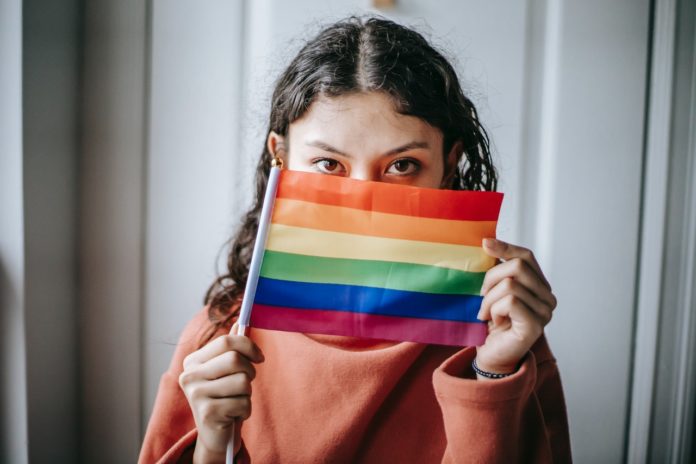The traditional gay pride flag found everywhere is just one of many flags in the LGBTQ+ world. And while this rainbow flag is the most universally recognizable, there are many other individual flags that represent people from all parts of the gender and sexuality spectrum.
So, to familiarize you, we’ve put together a list of all the LGBTQ+ flags, along with their meanings and history. Whether you’re a member of the LGBTQ+ community or an ally, we promise this brief learning course will be worth your time.
1. The Gilbert Baker Pride Flag
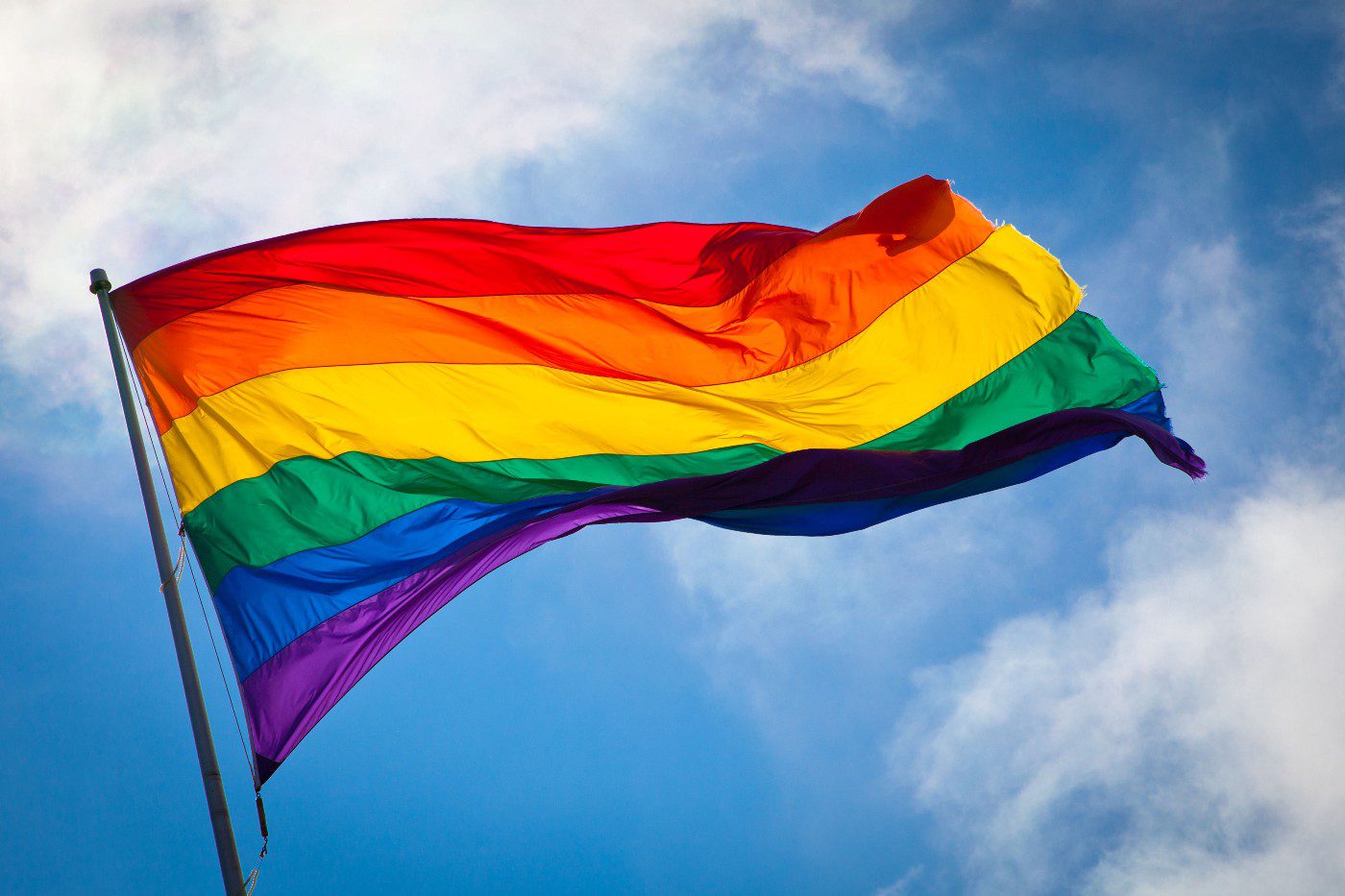
Meaning: The six-stripe pride flag represents
- Red- Life
- Orange-Healing
- Yellow- Sunlight
- Green- Nature
- Blue- Serenity
- Purple- Spirit
History: You can read all about it here.
2. The Updated Philadelphia Pride Flag
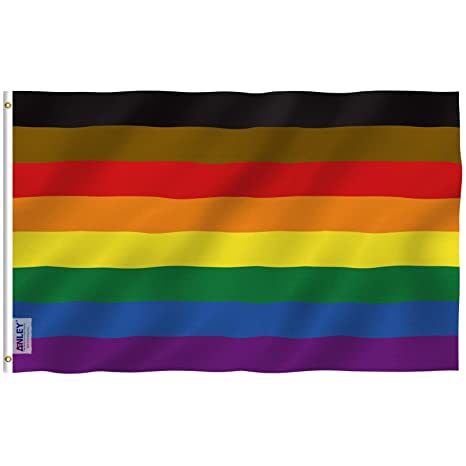
Meaning: This flag was recently created to be inclusive, particularly on issues of race and trans, in response to new developments in the LGBTQ+ community.
History: Daniel Quasar developed the updated flag in 2018. In 2017, the so-called ‘Philadelphia Flag’ incorporated black and brown stripes on top of a six-color rainbow flag. In the Quasar version, they moved the black and brown to one side as part of the triangle, which also included the trans-flag color that intersects with the current traditional rainbow flag.
3. The Demisexual Pride Flag
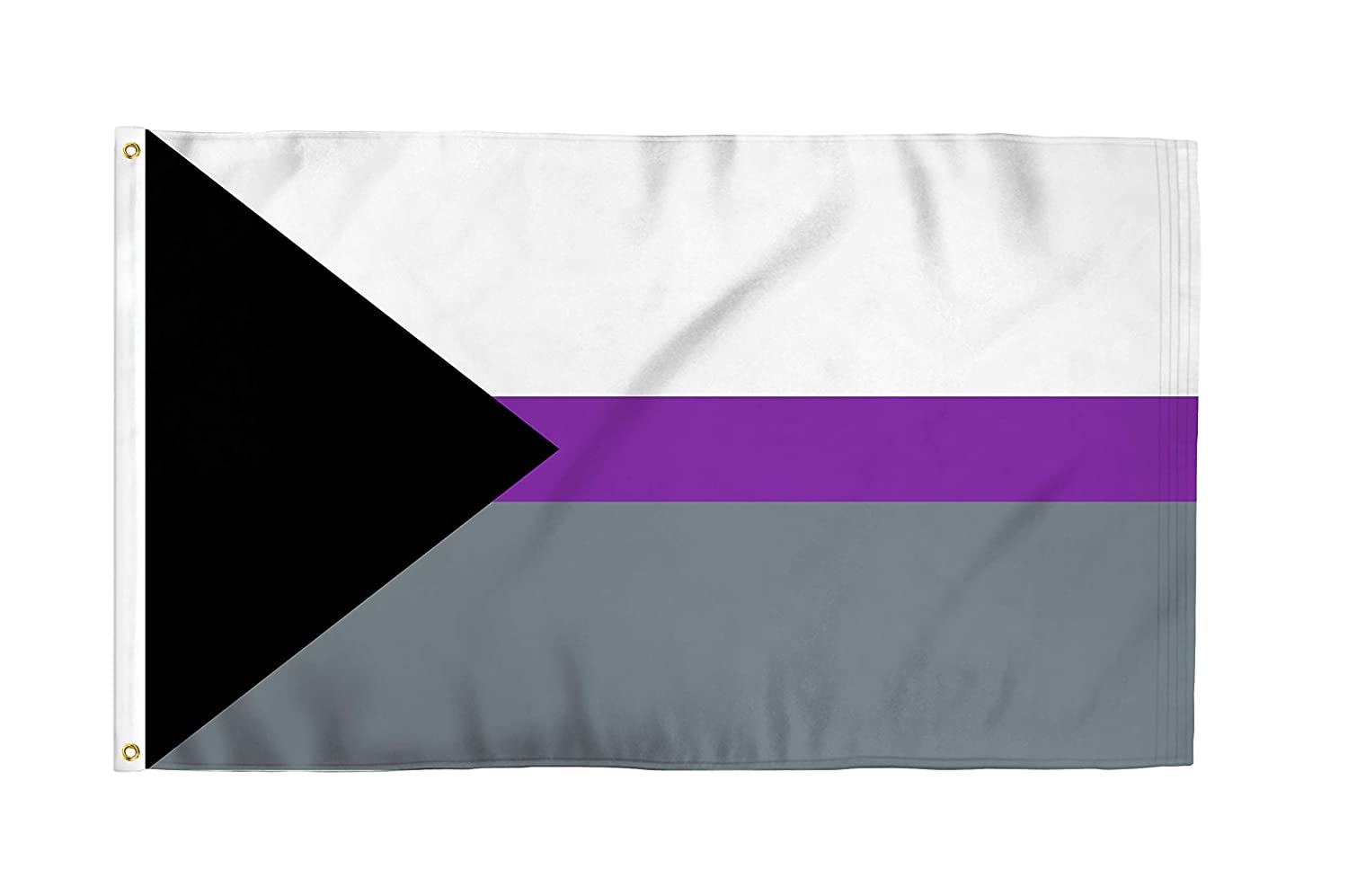
Meaning: Demisexuals are sexually oriented to describe people who “need to feel a strong emotional connection with someone in order to be sexually attracted to them.”
And especially for this flag, you can notice the colors to understand the meaning. Any time you see purple or green, or yellow on a flag, these colors are not gender-specific, so their presence highlights those who reject those binaries. Therefore, although demisexuality is not gender identity, it can be assumed that the purple line is used as an example of “rejection” of traditional attraction.
History: When and how the flag was made is unknown, but it is very similar to the asexual flag in its use of colors based on the AVEN logo.
4. The Polyamorous Pride Flag
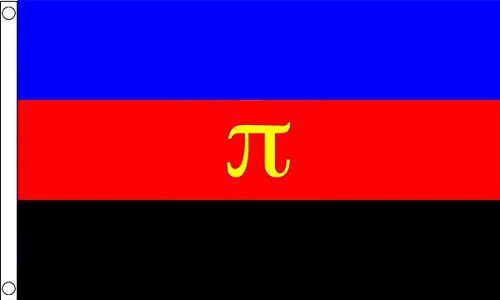
Meaning: First, it is important to understand the term. Polyamory is an agreement-based form of non-monogamy that emphasizes the emotional bonds between multiple partners. And the infinity heart sign above all the colors is where you really see what that means. According to the Gender and Sexuality Resource Center at the University of Northern Colorado, “The sign of an infinity heart represents infinite love for multiple partners at the same time.”
History: According to the Gender and Sexuality Resource Center at the University of Northern Colorado, it can be traced back to Jim Evans in 1995, who wanted to create an anonymous symbol for the polyamorous community.
5. The Lesbian Pride Flag
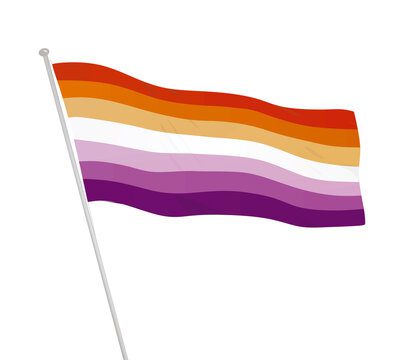
Meaning: This is the latest version of the lesbian pride flag. It tries to signal diversity with an orange line that suggests gender variation.
History: There’s so much history about lesbian pride flags as there are a variety of lesbian flags. The purple one was created in 1999, ironically or problematically, by a man.”
In addition, to be designed by a man, it featured a “double-edged ax called a Labrys set in an inverted triangle.” It looked a lot like the black triangle used to identify lesbians in Nazi concentration camps. Updated in 2010, it now features a shade of pink and a lipstick stain as an ode to “Lipstick Lesbians,” but this new one is here to symbolize diversity.
6. The Trans Pride Flag
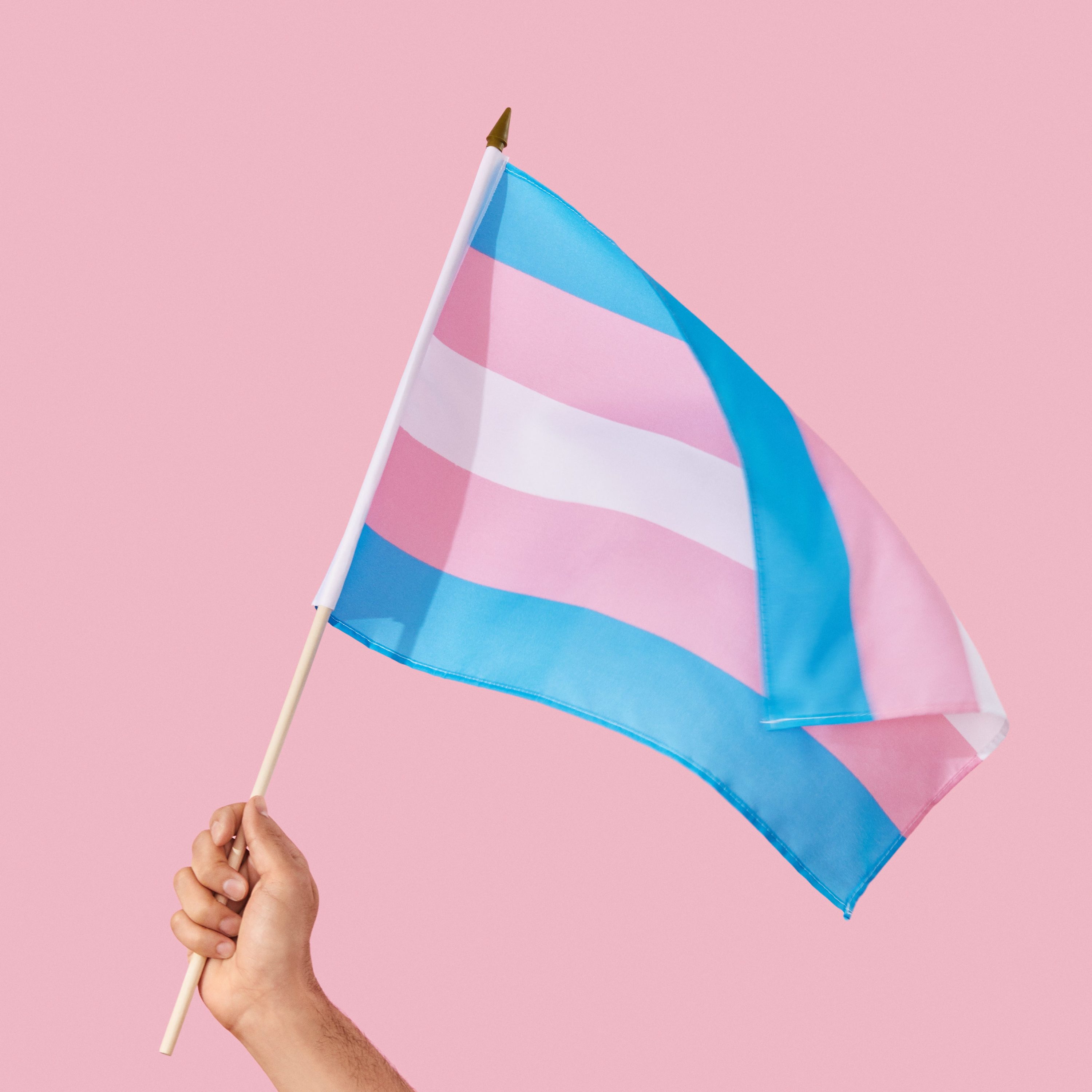
Meaning: This is a transgender pride flag, deliberately playing on the traditional colors of boys and girls.
History: Monica Helms created the Transgender Pride Flag in 1999. The 1990s was when many groups began adding the transgender “T” to their names. This flag became recognizable as the trans community had to fight many battles:
- Ensuring access to health care
- Fighting discrimination in the military and elsewhere
- Providing resources for transgender youth
- Taking on hostile state laws
- Fighting discriminatory voting
7. The Intersex Pride Flag
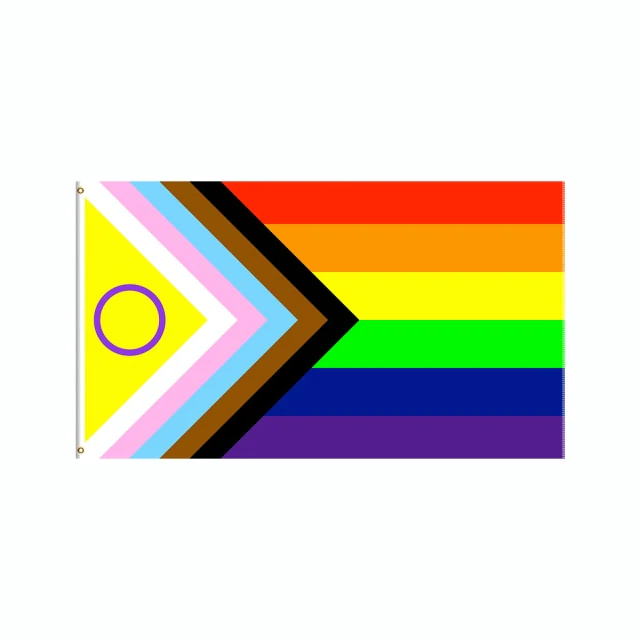
Meaning: While transgender pride flags are executed in traditional colors, intersex pride flags are executed in non-traditional, gender-neutral colors such as yellow. And the circles represent wholeness.
History: The intersex pride flag was created in Australia in 2013. The flag definitely helped unite the intersex community. The intersex community needed to come together to fight medical and political battles, especially to ensure that doctors didn’t undertake corrective surgery on people born intersex before those people were able to give their consent.
8. The Bisexual Pride Flag
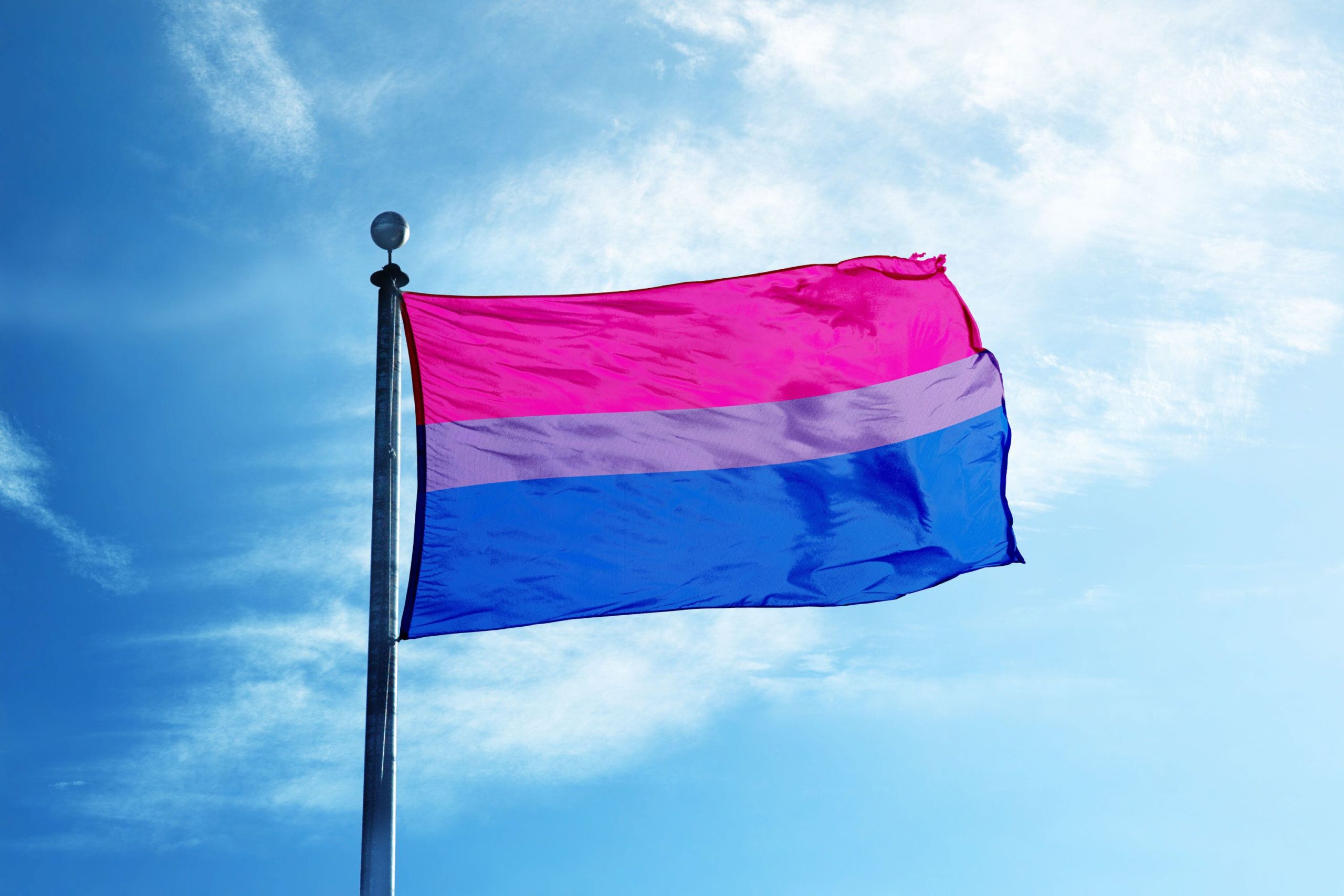
Meaning: The idea behind the bisexual pride flag is that pink represents the allure of homosexuality, blue represents the allure of heterosexuality, and both colors blend imperceptibly to create purple.
History: Michael Page designed the bisexual pride flag in 1998. In the late 1990s, it’s interesting to note that the lesbian, trans, and bisexual flags were introduced after the rainbow flag had been in use for 20 years. 1990 was the time for communities to break out and create their own identities.
9. The Pansexual Pride Flag

Meaning: Can you see the pink and blue parts of the flag? These parts represent conventional genders, while the yellow represents non-binary people. It is the yellow part that distinguishes this flag from the bisexual flag.
History: The pansexual pride flag has been around since the 2010s. There is not much information about who created it, but most sources agree that it was created on the Internet.
10. The Asexual Pride Flag
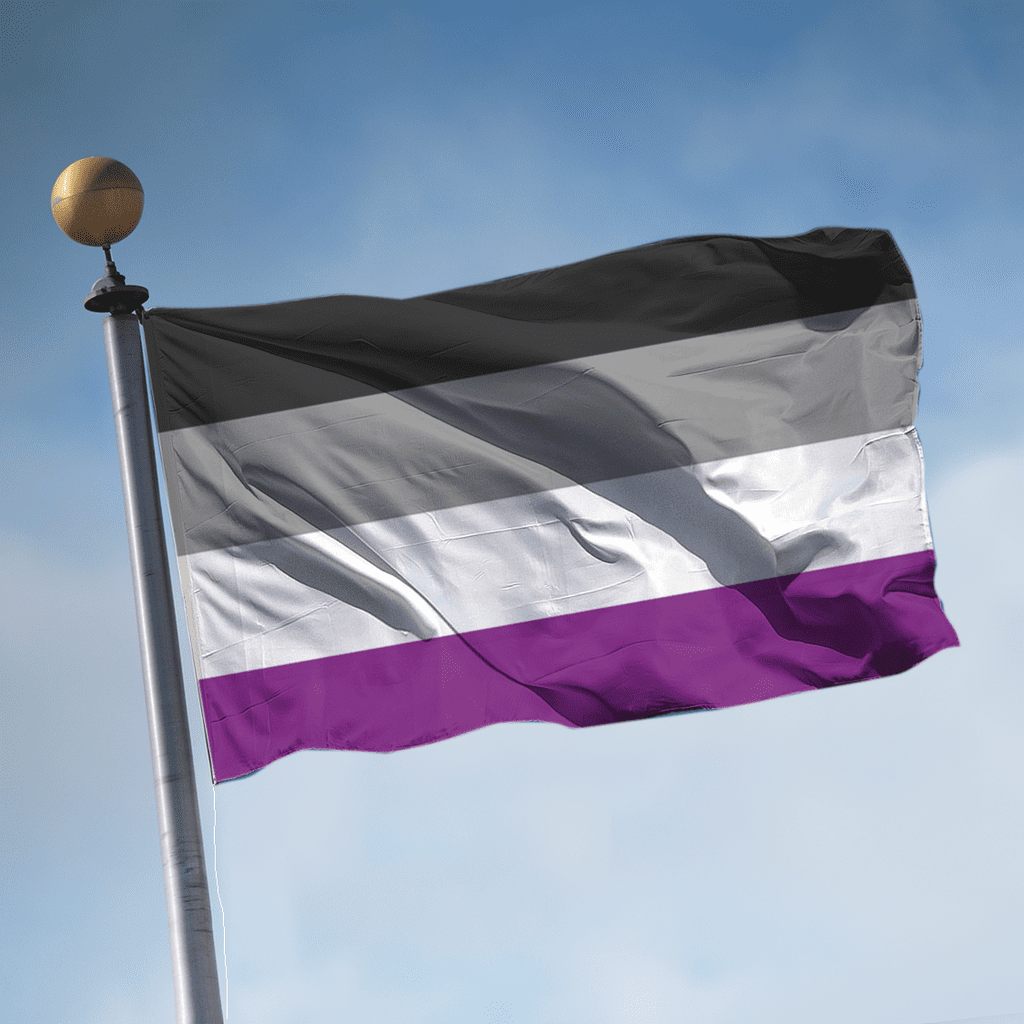
Meaning: This flag may be an asexual pride flag, but it’s not strictly for asexuals. The colors are designed to include gray sexuality, which operates in a ‘gray area’ between sexuality and asexuality, and demisexuality, which means feeling sexually attracted only under certain circumstances.
History: The flag was revealed in July 2010 when the Asexual Visibility and Education Network (AVEN) came together to urge the community to decide on a flag. After three rounds of voting, the asexual flag we have today was chosen.
11. The Non-Binary Pride Flag
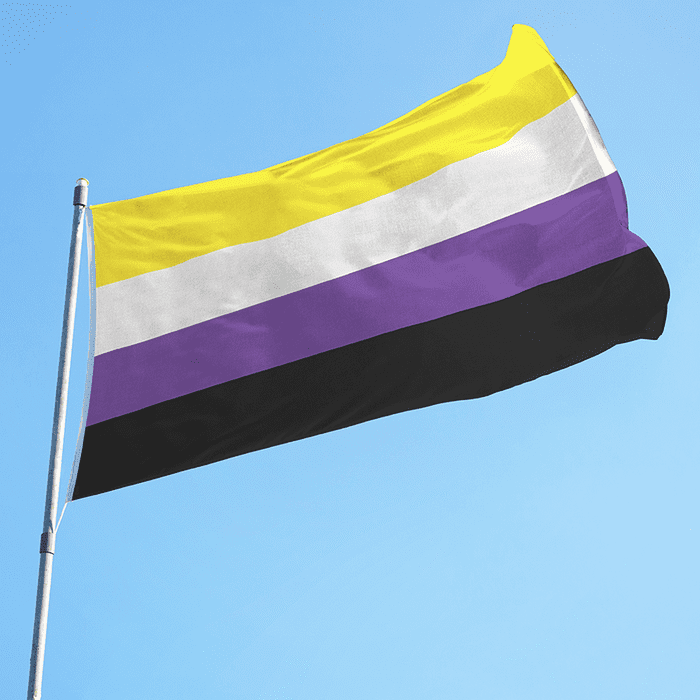
Meaning: This particular flag is intended to represent people other than the traditional gender binary, people of multiple genders, people of mixed genders, and people without gender.
History: The non-binary flag we see today was first created by Kye Rowan in 2014.
12. Gender-Fluid Pride Flag
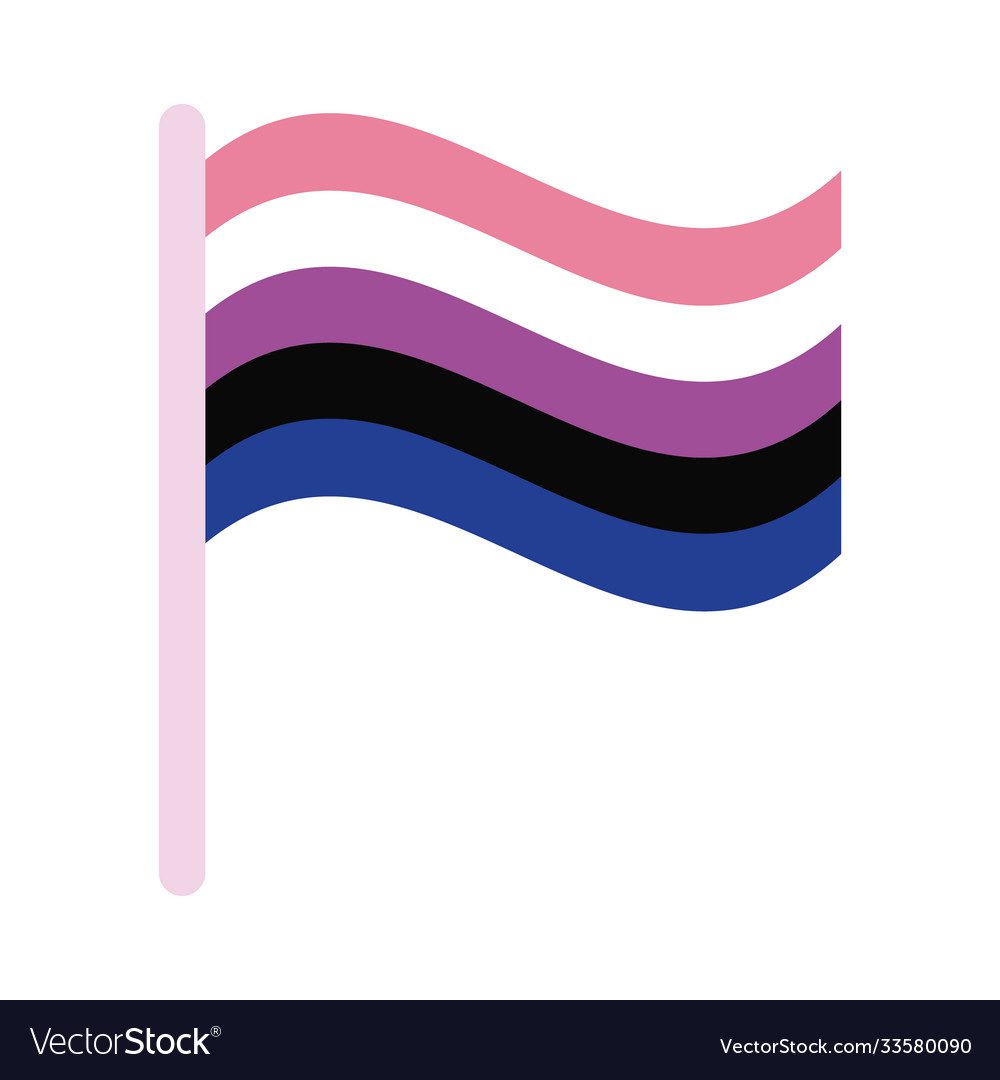
Meaning: This flag transitions from pink for femininity to blue for masculinity and tries to cover everything in between.
History: This flag was created by JJ Poole in 2012.
13. The Genderqueer Pride Flag
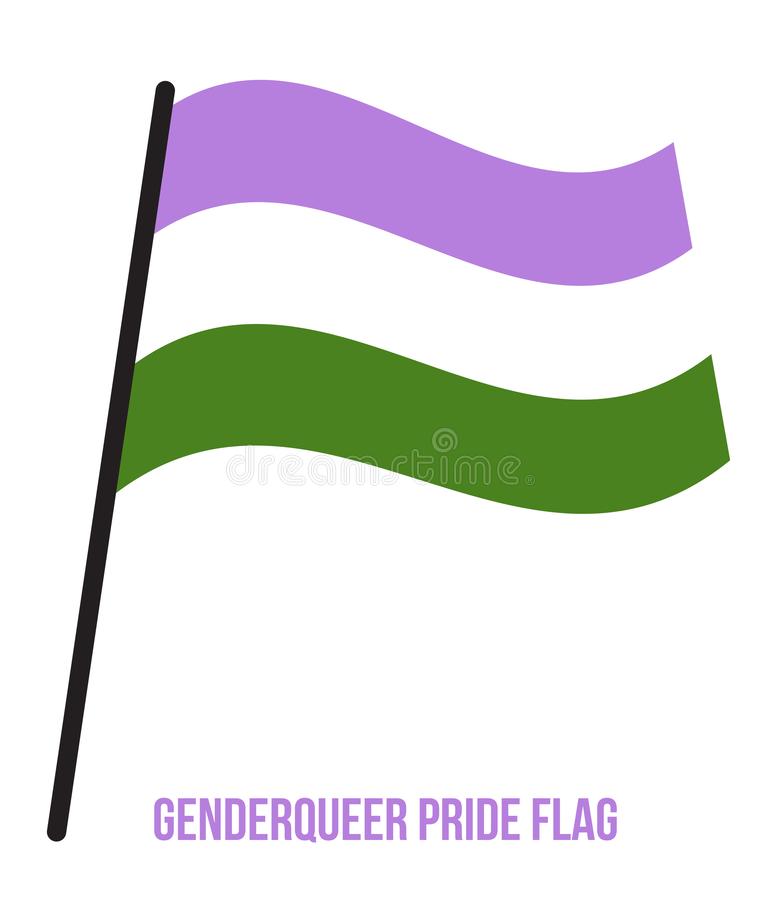
Meaning: All colors of this flag represent androgyny, agender and non-binary identities.
History: This flag was created by Marilyn Roxie in 2011.
14. The Agender Pride Flag
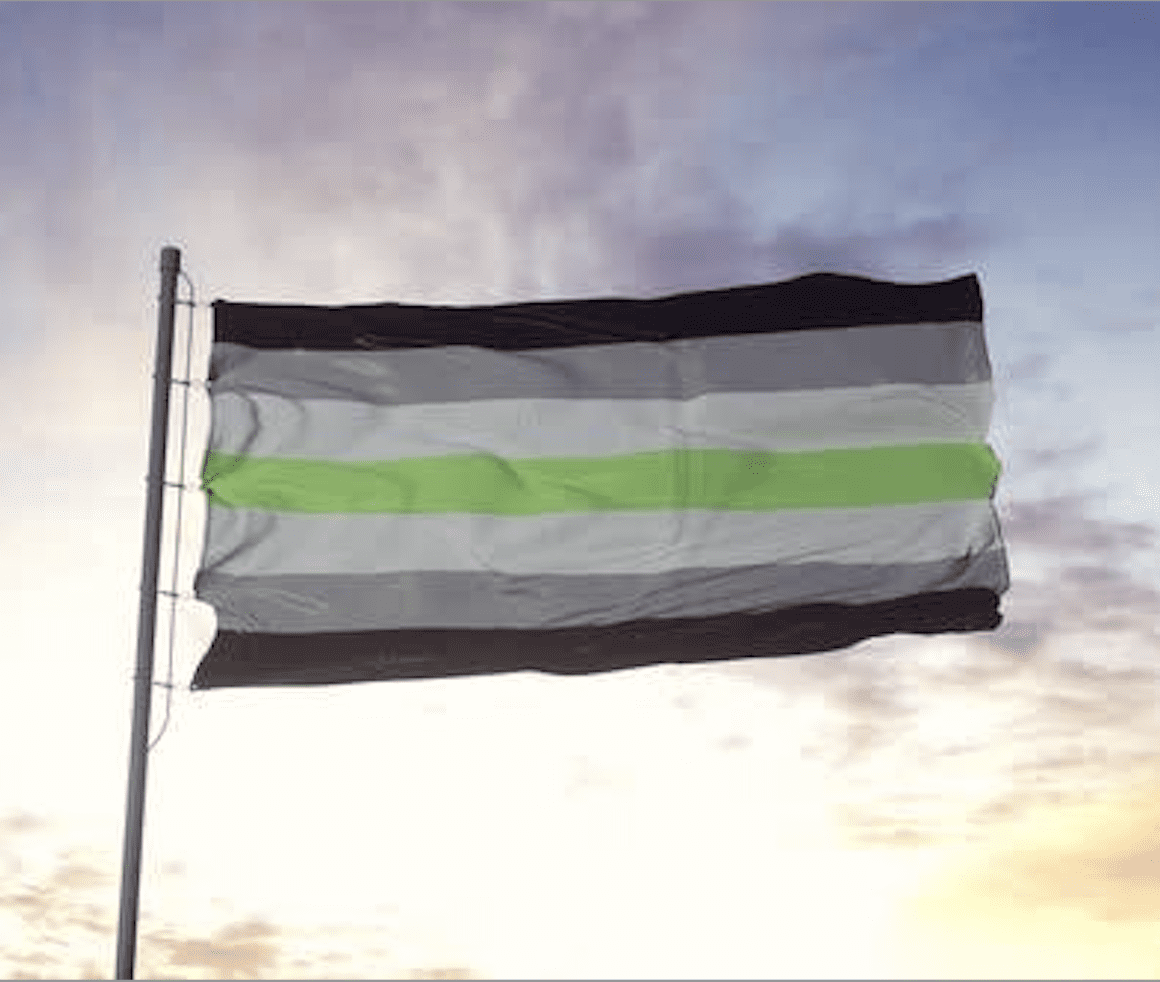
Meaning: This flag selects a color that does not have the traditional gender set. Specifically, Out Right International states that black and white stripes indicate no gender, gray indicates semi-genderlessness, and a green center band indicates non-binary genders.
History: The agender pride flag was created by Salem X in 2014.

